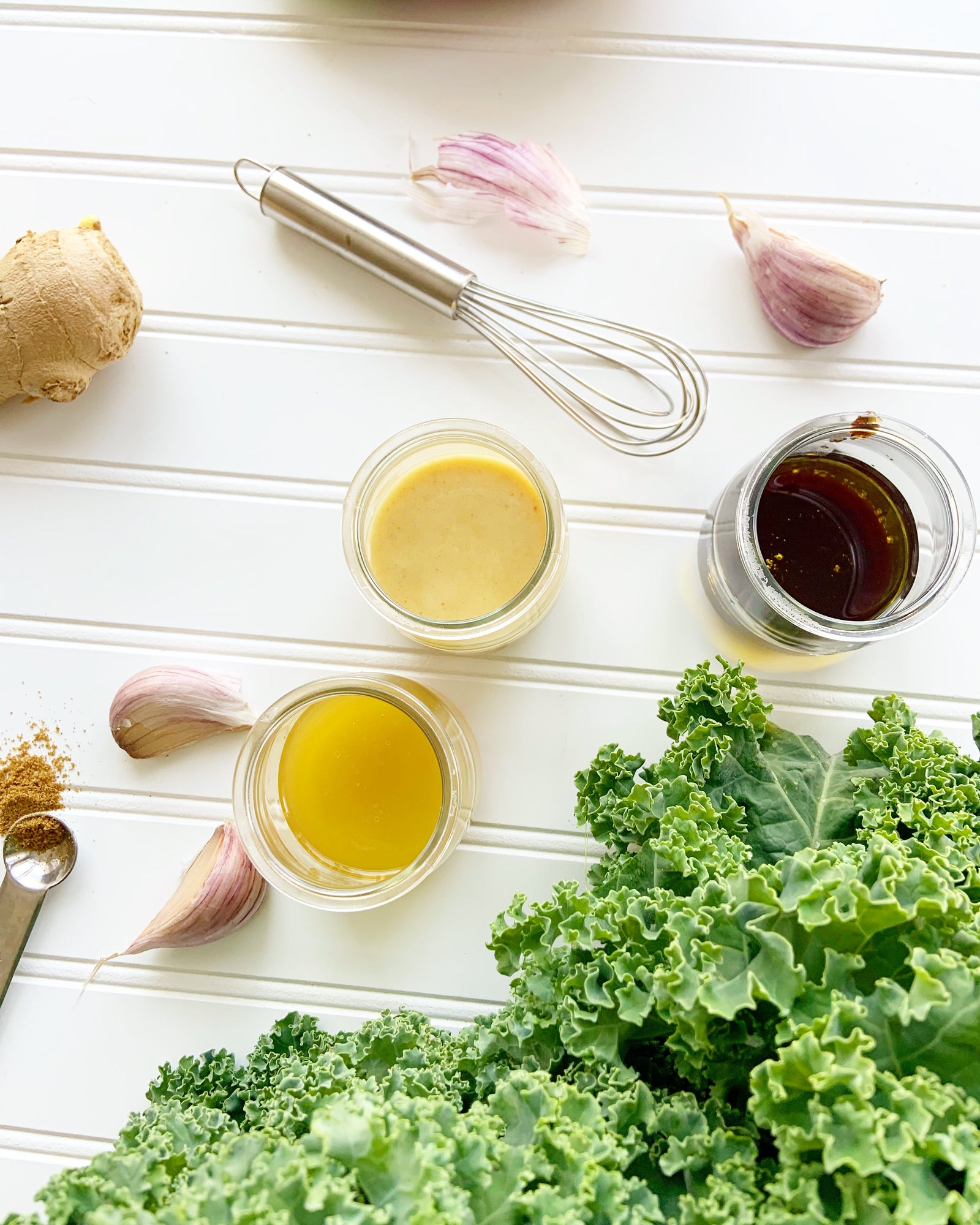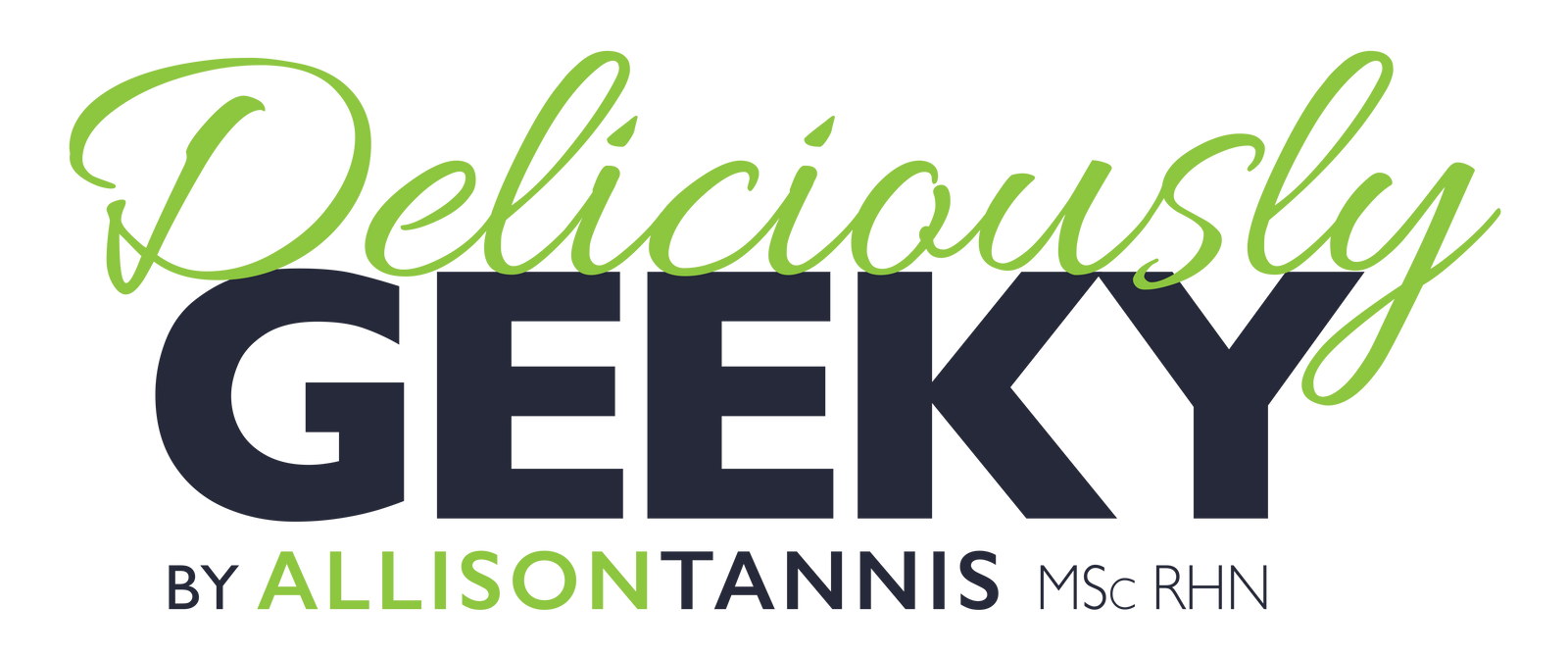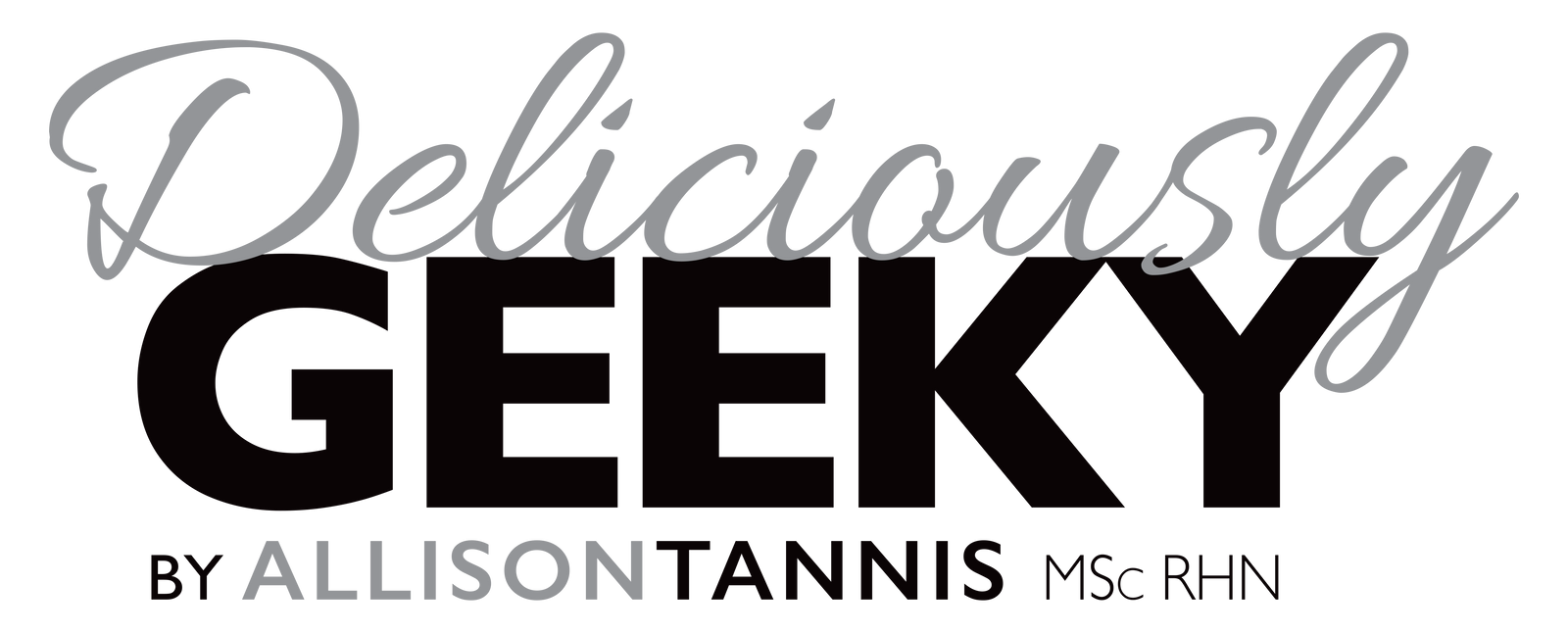Research-backed facts to help you choose a healthy, sustainable diet.
Sustainable eating is healthy for you and the planet. But, what exactly does sustainable eating look like? Here’s are some of your top questions about sustainable eating answered with research-backed facts to help you choose a healthy, sustainable diet that’s healthy for you and the planet too.

Science Links Sustainable Eating to Good Health
Sustainable eating is not just good for the planet, but good for your health. In a fascinating study, researchers found foods commonly linked to good health also have low environmental impacts. (The exceptions were sugary foods, and some seafood which are discussed below). The report published in the journal, the Proceedings of the National Academy of Sciences, is further evidence to avoid foods (red/processed meats) that are linked with higher risks of developing disease, accounting for 40% of global mortality, as these are food with the greatest environmental impacts. Scientists have found eating processed foods is linked with negative health outcomes: a review of 20 research studies concluded the consumption of ultra-processed foods is associated with an increased risk of all-cause mortality, cardiovascular disease, metabolic syndrome, obesity, depression, irritable bowel syndrome, cancer, adolescent asthma, and frailty. (A processed food is as any raw agricultural commodity that has been subject to washing, cleaning, milling, cutting, chopping, heating, pasteurizing, blanching, cooking, canning, freezing, drying, dehydrating, mixing, or other procedures.)
Eating sustainable foods is a healthy choice for you and the planet.
Sustainable Eating is Healthy Eating
Eating sustainable foods is good for your health. Studies have found that in most cases, foods that are considered sustainable, are also considered healthy, according to studies. Take for example, processed meats are not sustainable foods and are linked with bad health.
Does Sustainable Seafood Exist?
Overfishing is one of the biggest threats facing our oceans today. Switching to sustainable seafood can help end overfishing worldwide. For the Marine Stewardship Council, and most organizations, sustainable fishing is defined as leaving enough fish in the ocean so that fish populations remain productive and healthy. Yet, there is some controversy as to whether sustainable seafood exists? Many people are wondering with the popularity of the Seapiracy documentary. The film shows some alarming aspects of the fishing industry. It’s clear that more attention needs to be directed towards the way we are fishing our oceans.
Our oceans are worth protecting.
We can help make a difference. We can vote, write emails, and speak with our government representatives. We can learn more from getting to know local fishermen. We can eat less, or no seafood. And, when choosing seafood, we can choose certified sustainable seafood – it’s easy, just check for the little blue fish label from the Marine Stewardship Council (MSC), or the Aquaculture Stewardship Council label for certified sustainable farmed seafood. You can also help by switching up the types of seafood you consume – by encouraging more biodiversity on our plates, it takes less pressure off the most popular fish stocks, like salmon and tuna, and allows them to recover.

It’s Possible to Protect Our Oceans
Certified sustainable fisheries are making marine conservation practices a priority: modifying gear to decrease turtle bycatch or adding LED lights to increase selectivity of catch. In South Africa, changes in their hake fisheries practices have reduced albatross bycatch by 99%. The MSC is one of the organizations driving sustainability in the fishing industry and there are more than 400 MSC certified sustainable fisheries around the world, according to their website. The MSC is a not-for-profit organization funded by charitable donations and through companies who are licensing the blue ecolabel which is used to identify MSC certified seafood; so in part, each time you purchase an item with the MSC blue fish, you’re actually funding marine conservation projects around the world. It’s not an easy process to get certified: some fisheries spend years improving their practices in order to meet the standards to be a certified sustainable fishery. Expert assessment bodies check to see if a fishery meets the rigorous requirements to be MSC certified, and monitor that standards are maintained year over year. It’s a transparent process, open to input by varius non-government organizations (NGOs). In fact, there are over 40 international organizations are working together to improve the responsibility and sustainability of seafood supply chains. Together they form the Conservation Alliance of Seafood Solutions which is part of the efforts to increase the impact of those working to make the seafood industry more sustainable. We can make the wave of change even bigger.
Of note, not all seafood labels are created equally or have the same standards. For one, the MSC is a certification – not a rating or a recommendation, fisheries have to be expertly assessed by independent auditors and prove they meet the rigorous requirements’
We Can Transform the Way We Fish
It’s already happening, thanks to the growth of the sustainable seafood movement. When overfishing of species, such as with Patagonia toothfish or some types of tuna, had these stocks on the brink of disaster, global efforts to sustainably manage these species helped make change, successfully resulting in these fish stocks recovery.
Learn More about Sustainable Fishing from a Fisherman
There are a broad range of fishing practices used around the globe, some of which are sustainable, including those used by Tiare Boyes, a fisherman from British Columbia, Canada. Tiare shares insights into the fishing industry that one can’t see without her help, on the Natural Health Influencer Podcast, including how her work with governments, and the U.N, to create more sustainable fishing practices is working. Sharing data about fish stocks, identifying better practices, setting regulations, and creating certifications to encourage fishing boats to meet sustainable standards can help direct fishing to be a more sustainable food source.

LISTEN to my INTERVIEW
with FISHERMAN TIARE BOYES on the Podcast I host,
The Natural Health Influencer Podcast, by Vista Magazine.
While many throughout the seafood industry are focused on finding solutions to the overfishing problem and shifting seafood towards sustainability, consumers can also do their part. Have conversations with your family and friends about this problem, encourage them to choose certified sustainable seafood options, and take time to learn more about the problems facing our one shared ocean.

This post is sponsored by the Marine Stewardship Council of Canada.
Also in Blog

The Microbiome Diet: Gut Health, the Human Microbiome and Your Health
Your guide to the human microbiome, with insights into the Microbiome Diet, and whether it can improve your health, including indigestion.

Why Can't I Sleep: Your Guide to Better Sleep



